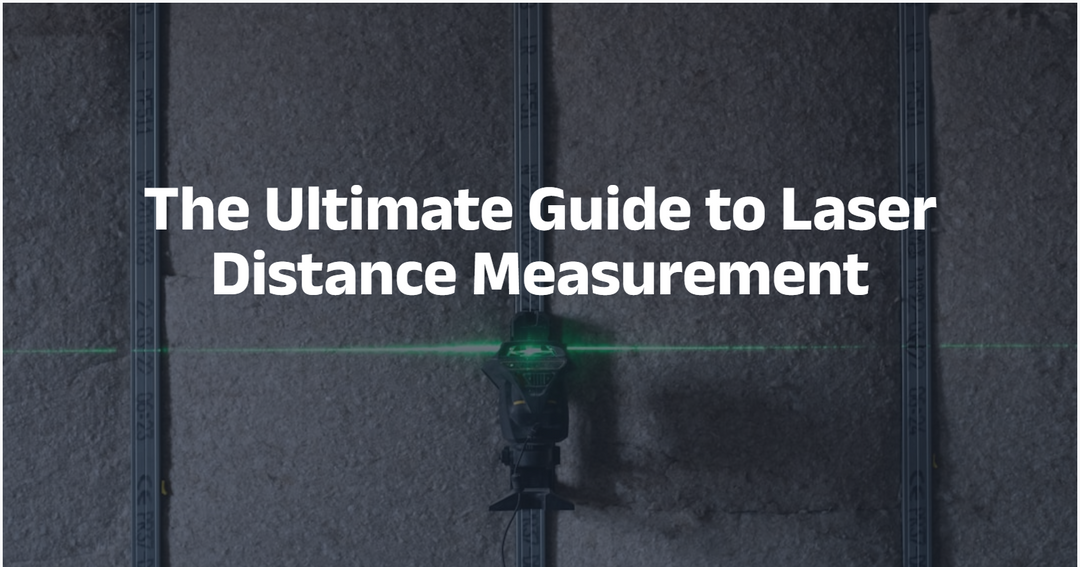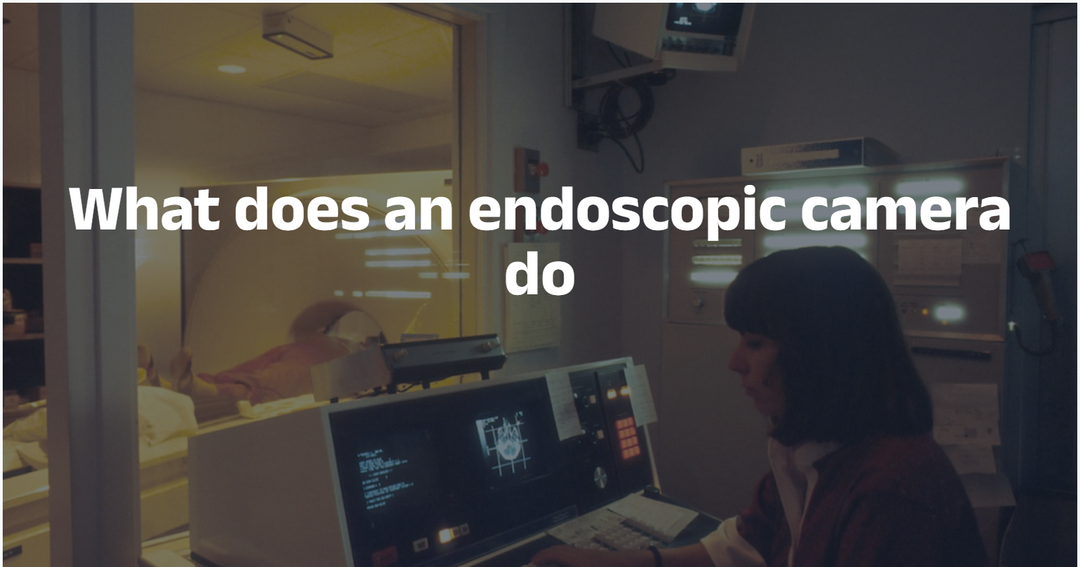What is NCV?
NCV means different things in different fields. In the medical field, NCV refers to Nerve Conduction Velocity. In the electrical industry, it refers to Normally Closed Voltage.
Today, I will mainly introduce another definition of NCV: Non-Contact Voltage.
- Part 1: The definition of NCV: Non-Contact Voltage
- Part 2: Principle and development of NCV
- Part 3: Application scenarios of NCV
Part 1:The definition of NCV: Non-Contact Voltage
Definition: Non-contact voltage testing is a test method that detects whether the circuit or conductor under test is charged and the approximate voltage condition without direct physical contact with the circuit or conductor under test.
It is mainly based on the principle of electromagnetic induction. When there is an electric field around a charged conductor, the induction coil in the test instrument can sense the change in the electric field, thereby generating an induced electromotive force.
By analyzing, processing and converting this induced electromotive force, the instrument can determine whether the object under test is charged and estimate the approximate voltage range. In contrast to traditional contact voltage testing, this test method greatly reduces the risk of electric shock caused by direct contact during the test. It is also easy to operate and can play a role in a variety of complex environments and difficult-to-reach scenarios.
Part 2:Principle and development of NCV
In the field of electrical testing, non-contact voltage testing (Non-Contact Voltage) technology is gradually emerging and becoming a powerful assistant for many electricians and electrical enthusiasts. With its unique working principle and significant advantages, it provides us with a new, safer and more convenient way to deal with electrical problems.
Traditional voltage detection often requires the probe of the detection instrument to directly contact the conductor of the circuit or electrical equipment under test. This process may bring the risk of electric shock to the operator in some complex or dangerous electrical environments, especially when it is unclear whether the circuit is energized or there is a risk of insulation damage.
The non-contact voltage detection technology cleverly avoids this risk. Its core principle is based on the phenomenon of electromagnetic induction. When there is an electric field around a charged object, this electric field will produce an invisible "power line" distribution in space. The non-contact voltage detection tool is equipped with a highly sensitive induction coil. When the tool is close to a charged object, the electric field around the charged object will cause the magnetic flux in the induction coil to change.
According to Faraday's law of electromagnetic induction, the change in magnetic flux will generate an induced electromotive force in the coil. This weak induced electromotive force will be captured by the circuit system inside the detection tool and amplified, filtered, analyzed and processed in a series of ways. After a complex signal processing process, the detection tool can determine whether there is voltage based on the pre-set algorithm, and intuitively present the detection results to the user through sound and light alarms, display screens, etc.
Part 3: Application scenarios of NCV
Household Applications
Industrial Field
Therefore, a test tool with NCV function is essential. Whether you are a home user or a non-professional, your safety is guaranteed with it.NF-8209s is worth recommending! It uses advanced electromagnetic induction technology to accurately detect voltage at a safe distance. It is extremely easy to operate without touching the conductor, and can easily cope with various complex environments and hard-to-reach places.
Whether it is home line inspection, electrical appliance repair, or daily maintenance and fault diagnosis of industrial equipment, it can show its prowess. It is small and portable, easy to carry and use. Its clear display and intuitive operation interface allow users to quickly obtain voltage information and effectively improve detection efficiency. It is a powerful assistant in the field of electrical detection. And it has more than just NVC function, for more functions, see:






